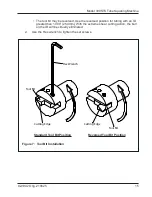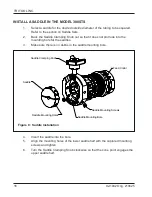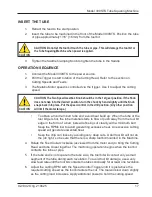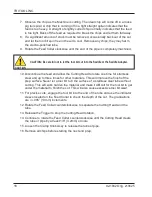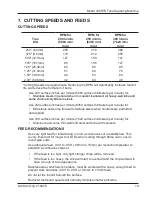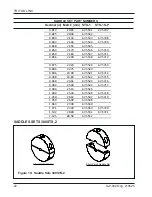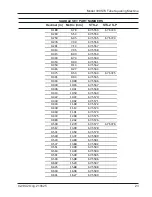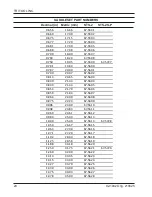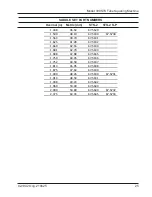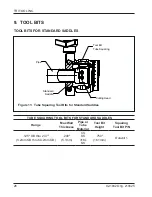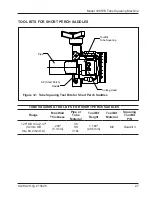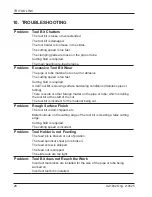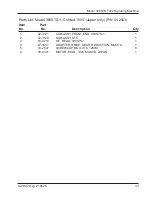
TRI TOOL INC.
92-1942 Orig. 210625
18
7. Observe the chip as the Machine is cutting. The ideal chip will come off in a loose
pig tail spiral. A chip that is coming off in a tight straight spiral indicates that the
feed is too heavy. A straight or slightly curled chip normally indicates that the feed
is too light. Back off the feed as required to break the chips and let them fall away.
8. If a significant amount of stock must be removed, occasionally back out of the cut
and let the tool bit spin free in the air to cool. Remove any chips, they may harm
the electro-polished tube.
9. Rotate the Feed Collar clockwise until the end of the pipe is completely machined.
CAUTION
CAUTION: Be careful not to let the tool bit cut into the Saddle or the Saddle Adapter.
10. Discontinue the feed and allow the Cutting Head to rotate one time for stainless
steel and up to three times for other materials. This will improve the finish of the
prep surface. Never let a tool bit ‘rub’ the surface of a stainless steel tube without
cutting. This will work harden the material and make it difficult for the tool bit to get
under the material to finish the cut. This will also cause excessive tool bit wear.
11. For precise cuts, engage the tool bit into the end of the tube and use the indicator
sleeve located on the Feed Collar to check the depth of the cut. The graduations
are in .005” (.13mm) increments.
12. Rotate the Feed Collar counterclockwise to separate the Cutting Head and the
tube.
13. Release the Trigger to stop the Cutting Head rotation.
14. Continue to rotate the Feed Collar counterclockwise until the Cutting Head clears
the tube or pipe by at least 1/8” (3.2mm) or more.
15. Loosen the Clamp Knob Assy to release the tube or pipe.
16. Remove all chips before starting the next end prep.












